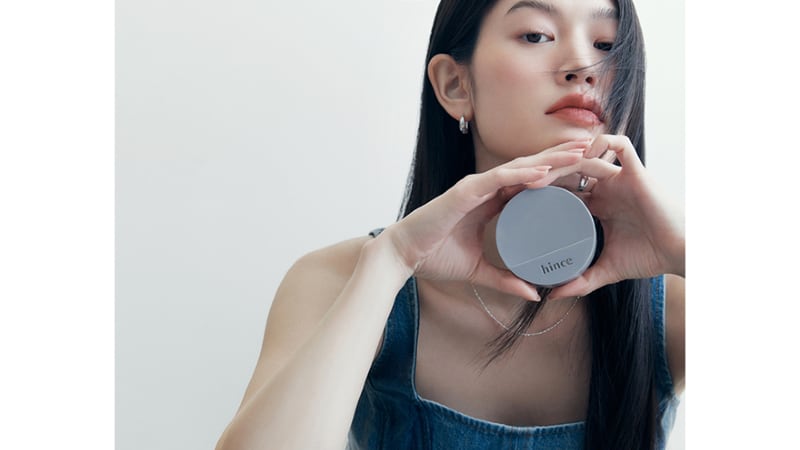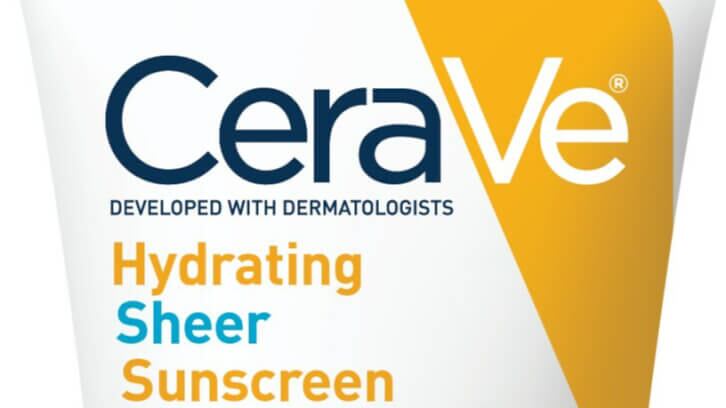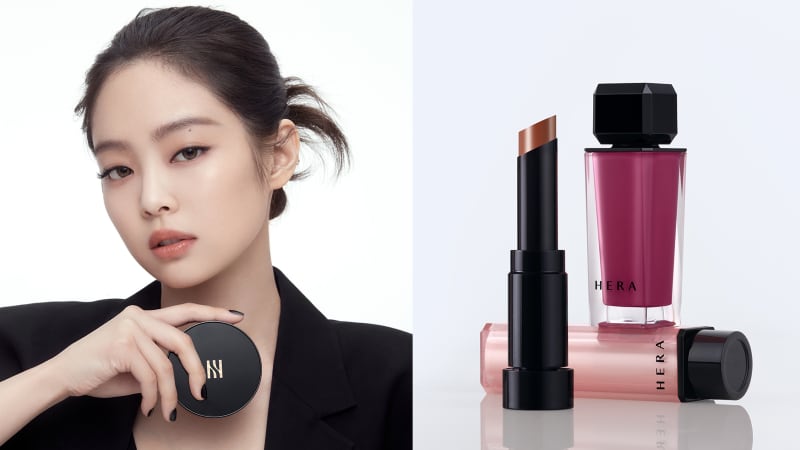The influx of K-beauty brands breaking into the Japanese market is not showing any signs of slowing down, with LG Household & Health Care (LG H&H) recently announcing that it has acquired 75% of VivaWave Co Ltd’s shares for KRW42.5bn (USD31m).
The company owns colour cosmetics brand hince, which has established a significant following among millennial and Gen Z (MZ generation) consumers in South Korea and Japan since its launch in 2019.
As of 2022, hince’s cumulative sales have reached KRW21.8bn (USD16m), with 50% of sales being domestic and 50% overseas, most of which occurred in Japan.
Some of the brand’s best-sellers include Second Skin Foundation and True Dimension Radiance Balm, which promote a less sophisticated makeup routine with a more natural, bare skin-looking yet radiant effect — a trend that resonates with Japanese consumers.
“It’s important to note that the Japanese market is currently highly focused on anti-ageing products. Brand offerings predominantly target a more mature consumer base, so the variety of products for Gen Z is not as extensive as it used to be.
“Korean brands could attract the younger population in Japan by offering affordable, playful, and colourful products that address real consumer needs. They can also tap into the influence of K-dramas and K-pop, which the young Japanese generation are totally addicted to,” Florence Bernardin, owner of consulting agency Asia Cosme Lab, told CosmeticsDesign-Asia.
According to LG H&H’s press statement, the firm intends to boost its colour capabilities, and accelerate efforts to broaden its MZ generation customer base both locally and in Japan.
“With this acquisition, LG H&H will leverage hince’s differentiated colour development capabilities and strengthen our colour cosmetics portfolio. We will be launching new products with a diverse colour spectrum, focusing on the mood of each season and using this to foster LG H&H’s own colour brand.
“We also aim to expand business opportunities in the mid-range to high-end cosmetics categories, such as skin care, when the MZ generation have greater purchasing power in the future,” the firm wrote.
In addition, the firm plans to venture into other Asian markets and North America as it seeks a bigger share in the colour cosmetics market.
Strategies for capturing strongholds
Based on data from the Cosmetics Importers Association of Japan, France has historically ranked top in cosmetics import value.
In 2022, South Korea surpassed France, with Korean imports totaling JPY77.5bn (USD517m) and French imports JPY76.4bn (USD509m).
In the first quarter of 2023 (January to March), South Korea continued to lead with JPY21.76bn (USD145m), a 24.4% increase compared to the same period in the previous year.
“Being highly visible in the Japanese market highlights the competitiveness of K-beauty in terms of quality, safety, and efficacy. However, the challenge for Korean brands lies in reaching the premium level and gaining acceptance among the Japanese baby boomers, who make up the majority of consumers in the market.
“I believe it will take some time for Korean prestige skin care brands to compete with the more established local brands. To succeed in this market, Korean brands will need to provide stronger scientific evidence in demonstrating efficacy to support their product launches,” said Bernardin.
Citing the launch of Amorepacific’s derma skin care brand Aestura in September as example, Bernardin added that derma cosmetics could be another avenue to enter or gain a more solid foothold in the Japanese market.
At the same time, K-beauty brands are increasingly making their presence felt in various retail channels, including drugstores, convenience stores, and specialty shops like Loft.
In March 2021, Korean cosmetics brand rom&nd created buzz by collaborating with convenience store franchise chain Lawson to roll out an exclusive and limited range called “&nd by rom&nd”.
“The products quickly sold out and the constant shortage to meet the demand for them has been a surprise to the Japanese cosmetics industry. Furthermore, rom&nd, which is particularly popular among Gen Z, has continued to enjoy strong growth. Therefore, I expect to see more of such joint developments going forward,” Bernardin added.





